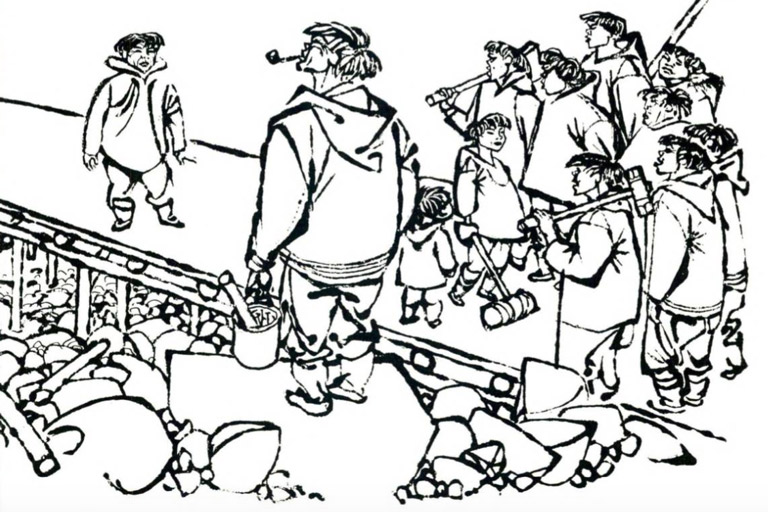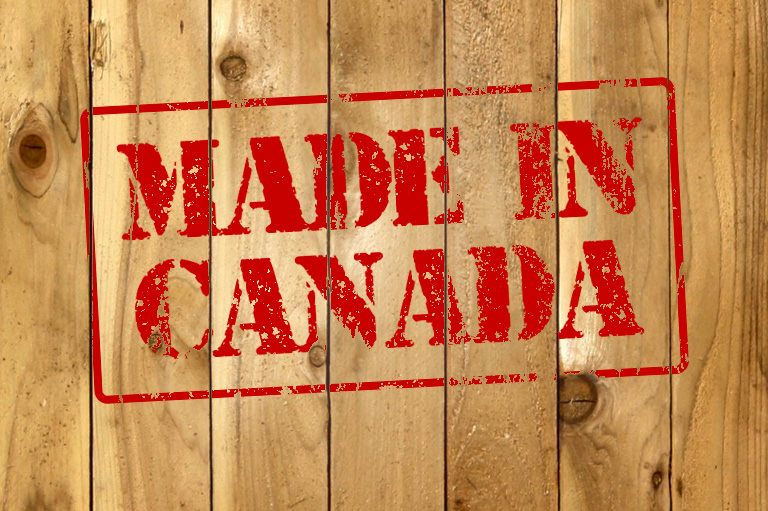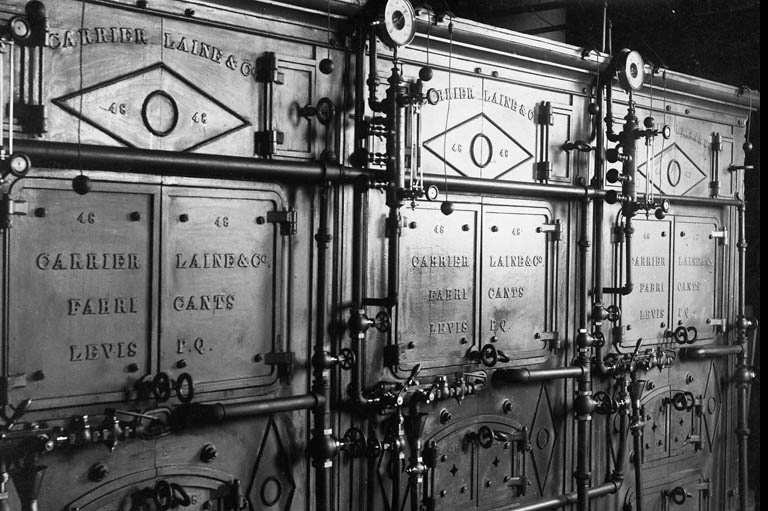Canada's A-Bomb Secret
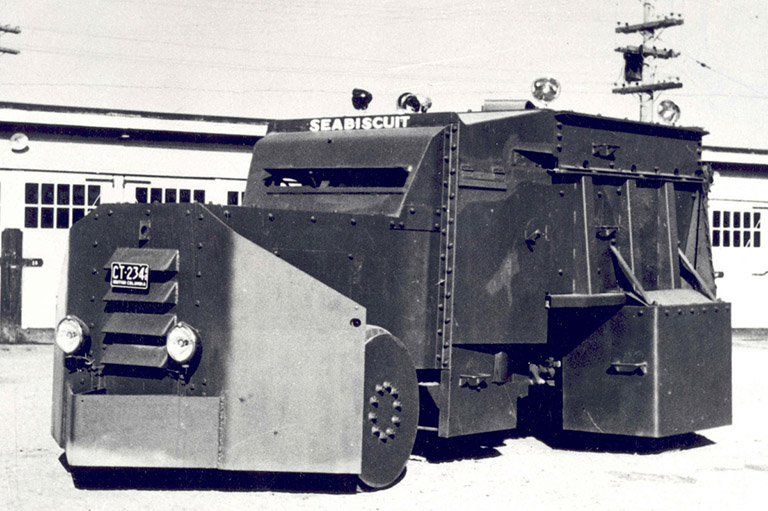
During the Second World War Canada played a role in producing heavy water for the Manhattan Project.
This highly clandestine enterprise took place in a mountainous region of British Columbia’s West Kootenay region. Named Project 9 (P9), it was led by one of Canada’s great mining and smelting industrialists, Selwyn Gwillym Blaylock.
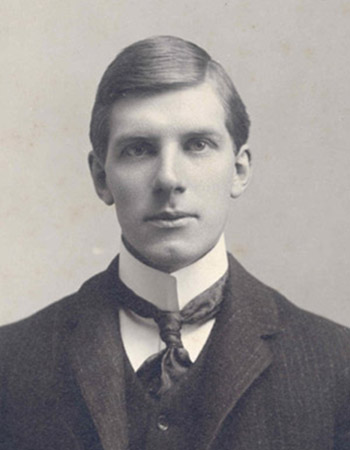
Blaylock was the president of the Consolidated Mining and Smelting Company of Canada (CM&S Co., renamed Cominco in 1966 and since 2008 known as Teck Resources Ltd.). Blaylock’s plant in Trail, B.C., was, during the early years of Second World War, the only operation in North America that had the capacity to produce heavy water that could be used to moderate nuclear fission.
Blaylock, who was born in Quebec in 1879 and studied mining and metallurgical engineering at McGill University, started with CM&S as a surveyor in 1899. While at McGill, he was influenced by the work of Cambridge researcher Ernest Rutherford, a pioneer in nuclear research who had been chair of the McGill physics department.
Blaylock, a brilliant chemist, in 1932 pulled together a company research team to experiment with heavy water. By late 1942 the company had reached an agreement with the American government to produce heavy water.
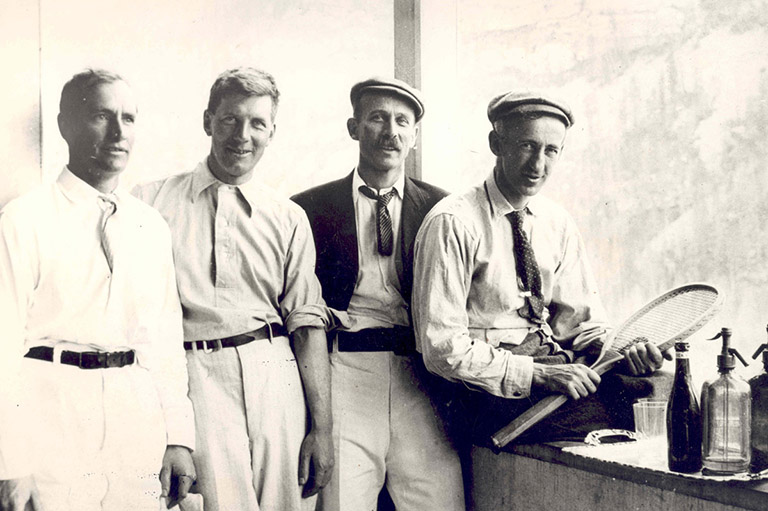
As a bonus, the plant was already quite secure. Blaylock went to great lengths to protect the company’s operations from sabotage. The company even had an armoured vehicle — nicknamed “Seabiscuit” — outfitted with four machine guns and six rifles.
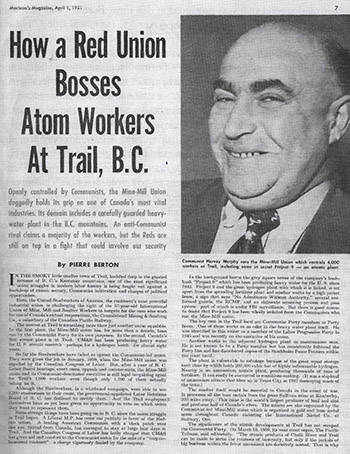
In the end, the heavy water produced at Trail was never used to produce the bombs that were dropped on Japan, or even the Trident test bomb that was detonated in the New Mexico desert in July 1945. The Americans ended up finding a cheaper alternative for the needed neutron moderator — hard graphite. But heavy water was sustained as a backup.
The Trail plant continued to produce heavy water until 1956. It drew little attention other than a 1951 Maclean’s article by journalist Pierre Berton, who suggested — mistakenly — that the P9 plant was being run by communists led by union leader Harvey Murphy.
The current owners of the smelter, Teck Resources Ltd., demolished the heavy water plant tower in 2008. A plaque now commemorates the “Champions of Innovation” who worked in the tower.
Themes associated with this article
Advertisement

